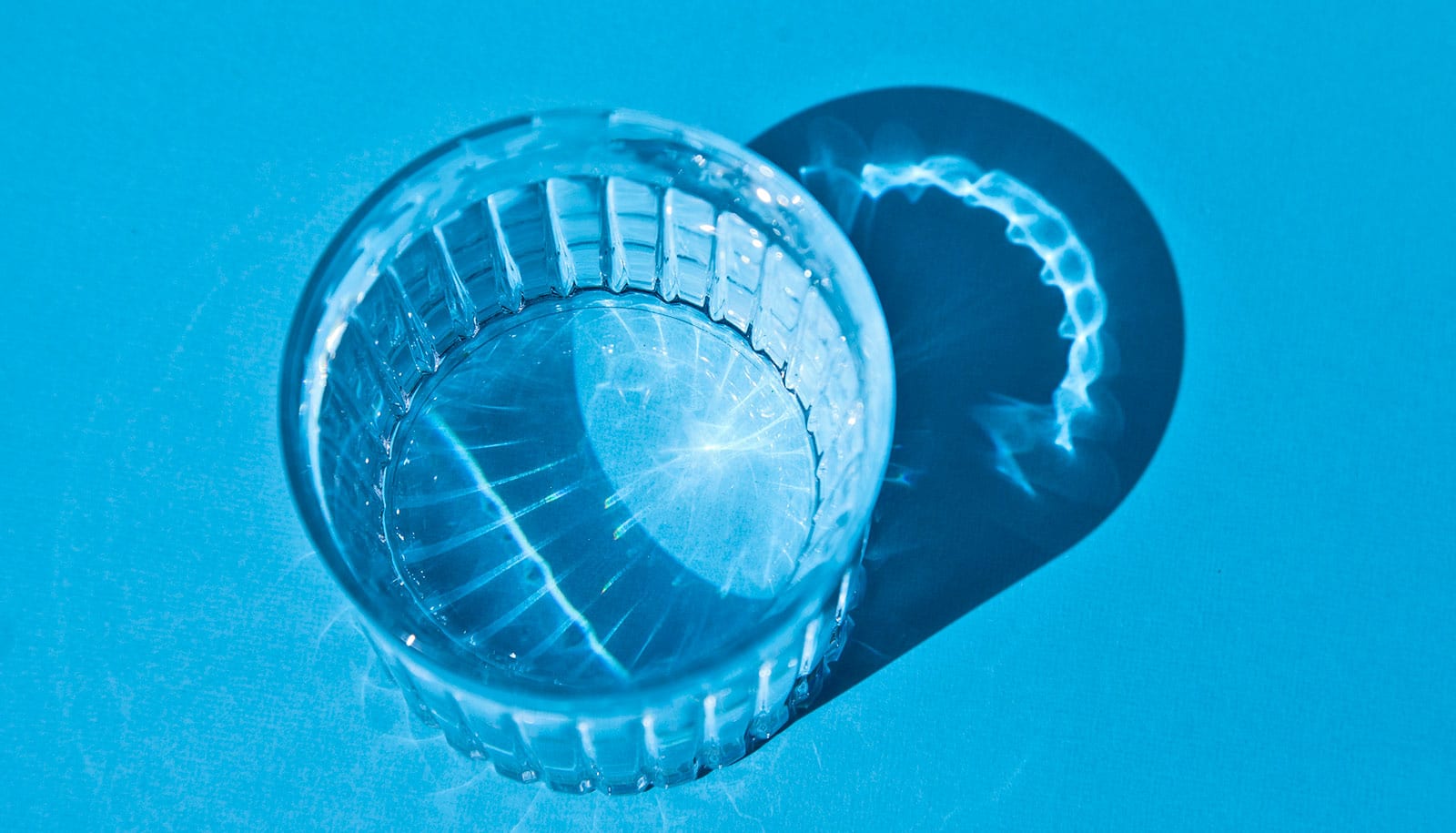In the quest to take the “forever” out of “forever chemicals,” bacteria might be our ally, according to a new study.
Most remediation of per- and polyfluoroalkyl substances (PFAS) involves adsorbing and trapping them, but certain microbes can actually break apart the strong chemical bonds that allow these chemicals to persist for so long in the environment.
Now, a researchers have identified a strain of bacteria that can break down and transform at least three types of PFAS, and, perhaps even more crucially, some of the toxic byproducts of the bond-breaking process.
Published in Science of the Total Environment, the new study found that Labrys portucalensis F11 (F11) metabolized over 90% of perfluorooctane sulfonic acid (PFOS) following an exposure period of 100 days.
PFOS is one of the most frequently detected and persistent types of PFAS and was designated hazardous by the US Environmental Protection Agency last year.
The F11 bacteria also broke down a substantial portion of two additional types of PFAS after 100 days: 58% of 5:3 fluorotelomer carboxylic acid and 21% of 6:2 fluorotelomer sulfonate.
“The bond between carbon and fluorine atoms in PFAS is very strong, so most microbes cannot use it as an energy source. The F11 bacterial strain developed the ability to chop away the fluorine and eat the carbon,” says corresponding author Diana Aga, a professor and chair in the chemistry department at the University at Buffalo and director of the UB RENEW Institute.
Unlike many prior studies on PFAS-degrading bacteria, Aga’s study accounted for shorter-chain breakdown products—or metabolites. In some cases, F11 even removed fluorine from these metabolites or broke them down to minute, undetectable levels.
“Many previous studies have only reported the degradation of PFAS, but not the formation of metabolites. We not only accounted for PFAS byproducts but found some of them continued to be further degraded by the bacteria,” says first author Mindula Wijayahena, a PhD student in Aga’s lab.
Chowing down on PFAS
PFAS are a group of ubiquitous chemicals widely used since the 1950s in everything from nonstick pans to fire-fighting materials.
They’re far from the meal of choice for any bacterium, but some that live in contaminated soil have mutated to break down organic contaminants like PFAS so that they can use their carbon as an energy source.
“If bacteria survive in a harsh, polluted environment, it’s probably because they have adapted to use surrounding chemical pollutants as a food source so they don’t starve,” Aga says.
“Through evolution, some bacteria can develop effective mechanisms to use chemical contaminants to help them grow.”
The bacterial strain used in this study, F11, was isolated from the soil of a contaminated industrial site in Portugal and had previously demonstrated the ability to strip fluorine from pharmaceutical contaminants. However, it had never been tested on PFAS.
Research collaborators from the Catholic University of Portugal placed F11 in sealed flasks with no carbon source aside from 10,000 micrograms per liter of PFAS. Following incubation periods of between 100 to 194 days, the samples were then shipped to the University at Buffalo, where analysis revealed that F11 had degraded some of the PFAS.
The elevated levels of fluoride ions detected in these samples indicated that F11 had detached the PFAS’ fluorine atoms so that the bacteria could metabolize the carbon atoms.
“The carbon-fluorine bond is what makes PFAS so difficult to break down, so to break them apart is a critical step. Crucially, F11 was not only chopping PFOS into smaller pieces, but also removing the fluorine from those smaller pieces,” Wijayahena says.
Some of the metabolites left behind still contained fluorine, but after being exposed to PFOS for 194 days, F11 had even removed fluorine from three PFOS metabolites.
“As a caveat, there could be other metabolites in these samples so minuscule that they elude current detection methods,” Aga says.
Looking ahead
While the researchers say their study is a good start, they caution that the F11 took 100 days to biodegrade a significant portion of the supplied PFAS, and there were no other carbon sources available for consumption.
The team now plans to research how to encourage F11 to consume PFAS faster, even when there are competing energy choices that could increase their growth rate.
“We want to investigate the impact of placing alternative carbon sources alongside the PFAS. However, if that carbon source is too abundant and easy to degrade, the bacteria may not need to touch the PFAS at all,” Aga says.
“We need to give the F11 colonies enough food to grow, but not enough food that they lose the incentive to convert PFAS into a usable energy source.”
Eventually, F11 could be deployed in PFAS-contaminated water and soil. This might involve creating conditions to grow the strain within activated sludge at a wastewater treatment plant, or even injecting the bacteria directly into the soil or groundwater of a contaminated site, a process called bioaugmentation.
“In wastewater-activated sludge systems, you could accelerate removal of undesired compounds by adding a specific strain to the existing bacterial consortium in the treatment plants,” Aga says.
“Bioaugmentation is a promising method that has not yet been explored for PFAS remediation in the environment.”
Support for this work came from the National Institute of Environmental Health Sciences, part of the National Institutes of Health. Additional collaborators include the Catholic University of Portugal, the University of Pittsburgh, and the Waters Corp.
Source: University at Buffalo



